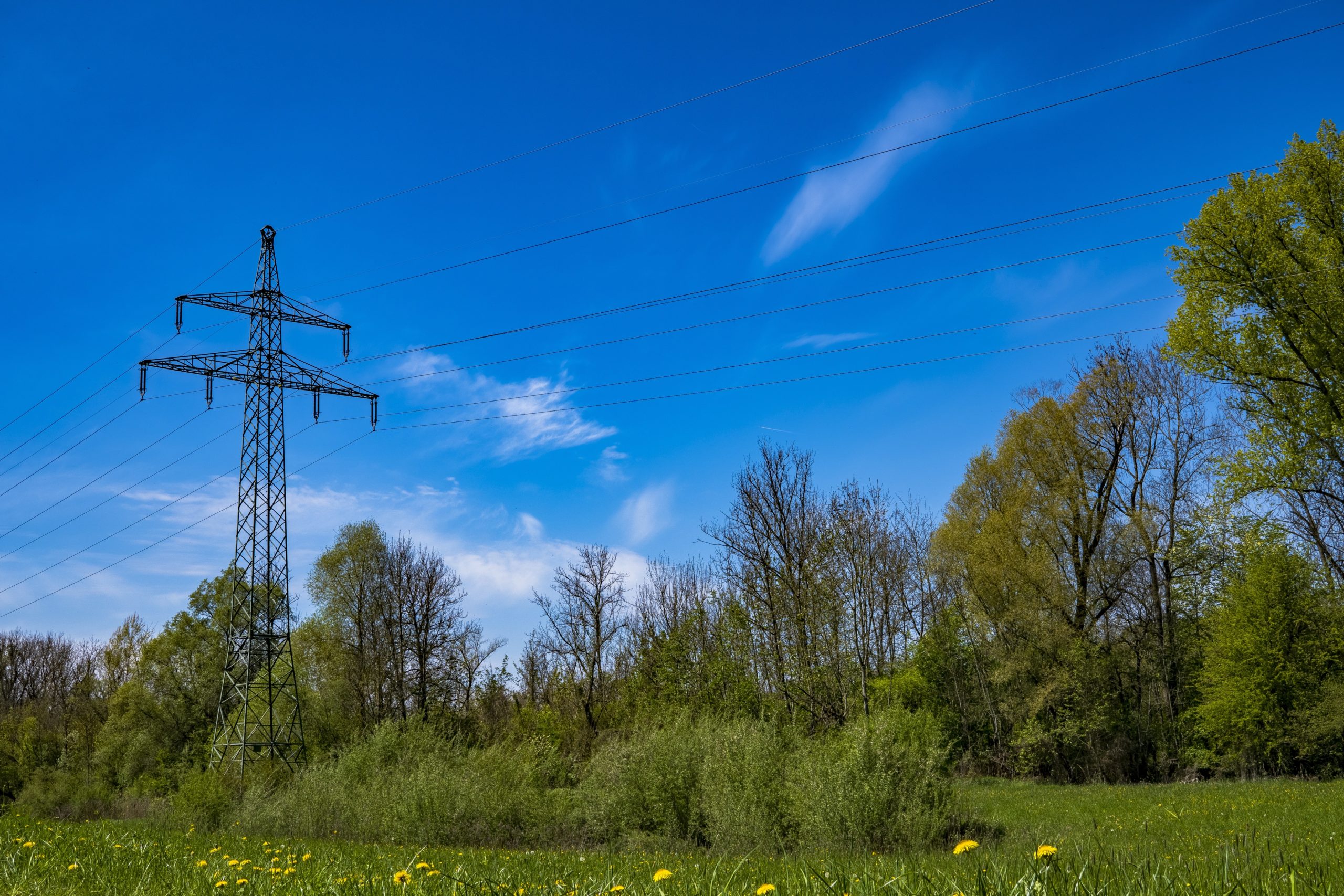
Vertical: Utilities
Application: Improved connectivity, IoT, grid automation
Ecosystem: Nokia
Private Network: LTE
Nokia and Xcel Energy have joined forces to modernize grid operations and provide enhanced services to Xcel Energy’s 3.7 million customers spread across eight U.S. states. Xcel Energy has long been dedicated to its vision of achieving a net-zero energy future by 2050. In light of this ambitious goal, the robust and resilient private LTE network comes as a game-changer.
One of the primary benefits of this advanced grid is the heightened level of automation it enables. By leveraging industrial IoT sensors, Xcel Energy gains the ability to locate and respond to outages rapidly. This ensures more reliable and efficient operations, minimizing downtime and maximizing asset utilization.
Tim Peterson, Senior Vice President, and Chief Technology Officer at Xcel Energy, expressed the company’s commitment to delivering “100 percent carbon-free electricity to customers by 2050.” This collaboration with Nokia is seen as a critical enabler in achieving this ambitious target. With better field communications and greater intelligence across the grid, Xcel Energy is better equipped to optimize its operations and drive sustainability.
Customers stand to gain significantly from this partnership as well. The deployment of smart meters and online tools will empower them with greater transparency and control over their energy usage. Armed with real-time insights, consumers can make informed decisions to reduce their carbon footprint and contribute actively to a cleaner environment.
Matt Young, Head of Enterprise for North America at Nokia, emphasized the significance of this network deployment. By converging multiple applications onto a single, reliable, and secure mission-critical private LTE network, Xcel Energy can achieve more efficient operations. Additionally, the network lays the foundation for future Industry 4.0 applications, supporting current and upcoming use cases for improved operational efficiency, environmental impact, and safety standards.


